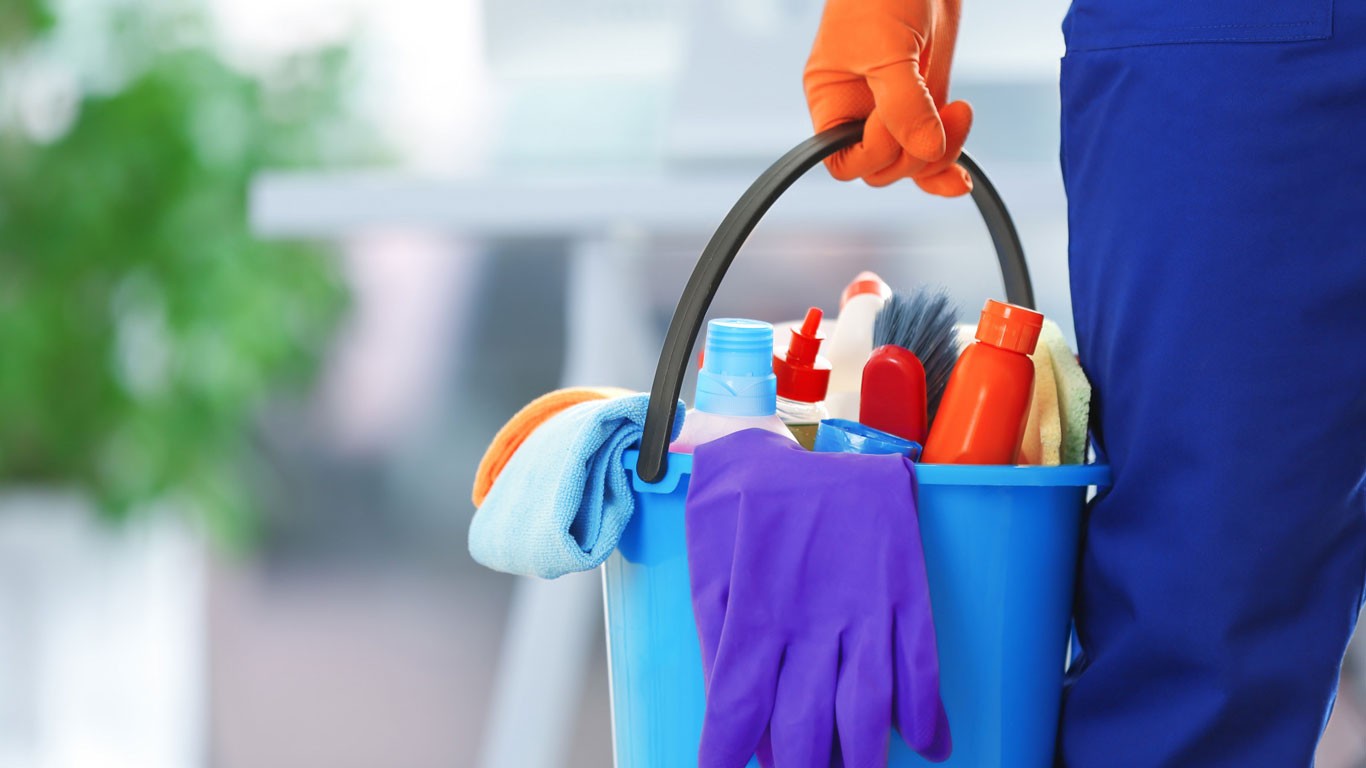Pest control treatments often use chemicals, insecticides, or rodenticides that are harmful to pets if ingested or inhaled. Even seemingly harmless methods like baits or traps can pose risks if your curious pet decides to investigate or tamper with them. Some common risks to pets during pest treatment include:
- Poisoning – Many insects and rodenticides may be toxic if pets ingest or absorbed by their skin or respiratory system.
- Respiratory issues – Certain pest control chemicals irritate your pet’s respiratory system, leading to coughing, wheezing, or even more severe respiratory problems.
- Skin irritation – Some pesticides cause skin irritation, rashes, or burns if your pet touches treated areas.
- Allergic reactions – Pets, like humans, have allergic reactions to certain chemicals used in pest control treatments, ranging from mild symptoms to severe, life-threatening reactions.
Choosing pet-friendly pest control methods
When protecting your pets during pest treatment, the first step is to choose pet-friendly pest control methods. Many reputable pest control companies offer safe and effective alternatives to traditional chemical treatments. Here are some pet-friendly options to consider:
- Integrated pest management (IPM) – IPM is an environmentally friendly strategy that utilizes physical, cultural, and biological methods to control pests efficiently while reducing the reliance on chemical treatments.
- Botanical insecticides – Derived from plants, botanical insecticides are generally safer for pets than synthetic chemicals and can be an effective alternative for controlling certain pests.
- Baits and traps – When used correctly and placed in areas inaccessible to pets, baits and traps are an effective and pet-safe way to control pests like rodents or insects.
- Professional heat treatments – Some pest control companies offer heat treatments, which use high temperatures to eliminate pests without chemicals, making it a safe option for homes with pets.
Preparing for pest treatment
Once you’ve chosen a pet-friendly pest control method, taking the necessary precautions to ensure your pets’ safety during treatment is essential. Here are some steps to follow:
- Temporary relocation – Consider relocating your pets to a safe, off-site location during treatment. This reduces the risk of exposure and provides peace of mind.
- Secure pet areas – If relocation is impossible, secure all pet areas, including bedding, food bowls, and toys, to prevent contamination or access during treatment.
- Cover surfaces – Cover any surfaces your pets frequent, such as furniture or bedding, with a protective covering to prevent exposure to chemicals or residues.
- Ventilate the area – After the treatment, ensure proper ventilation by opening doors to dissipate any remaining chemicals or odours before allowing your pets back into the treated areas.
- Follow instructions – Carefully follow all instructions provided by your pest control professional, including re-entry times and any additional precautions specific to the treatment method.
Monitoring your pets after treatment
Even after taking all the necessary precautions, monitoring your pets closely after pest treatment for any signs of potential adverse effects is essential. Watch for symptoms such as:
- Lethargy or weakness
- Loss of appetite
- Vomiting or diarrhoea
- Excessive drooling or panting
- Skin irritation or redness
- Respiratory issues like coughing or wheezing
Protecting your pets during pest treatment is a responsible choice and crucial to ensuring their overall well-being. By opting for pet-friendly pest control methods, taking essential precautions, and carefully monitoring your furry friends, you effectively manage pest infestations while ensuring a healthy environment for your cherished pets. navigate to this website vitalbuildinginspection.com.au/pricing/ for building inspections Sydney.




